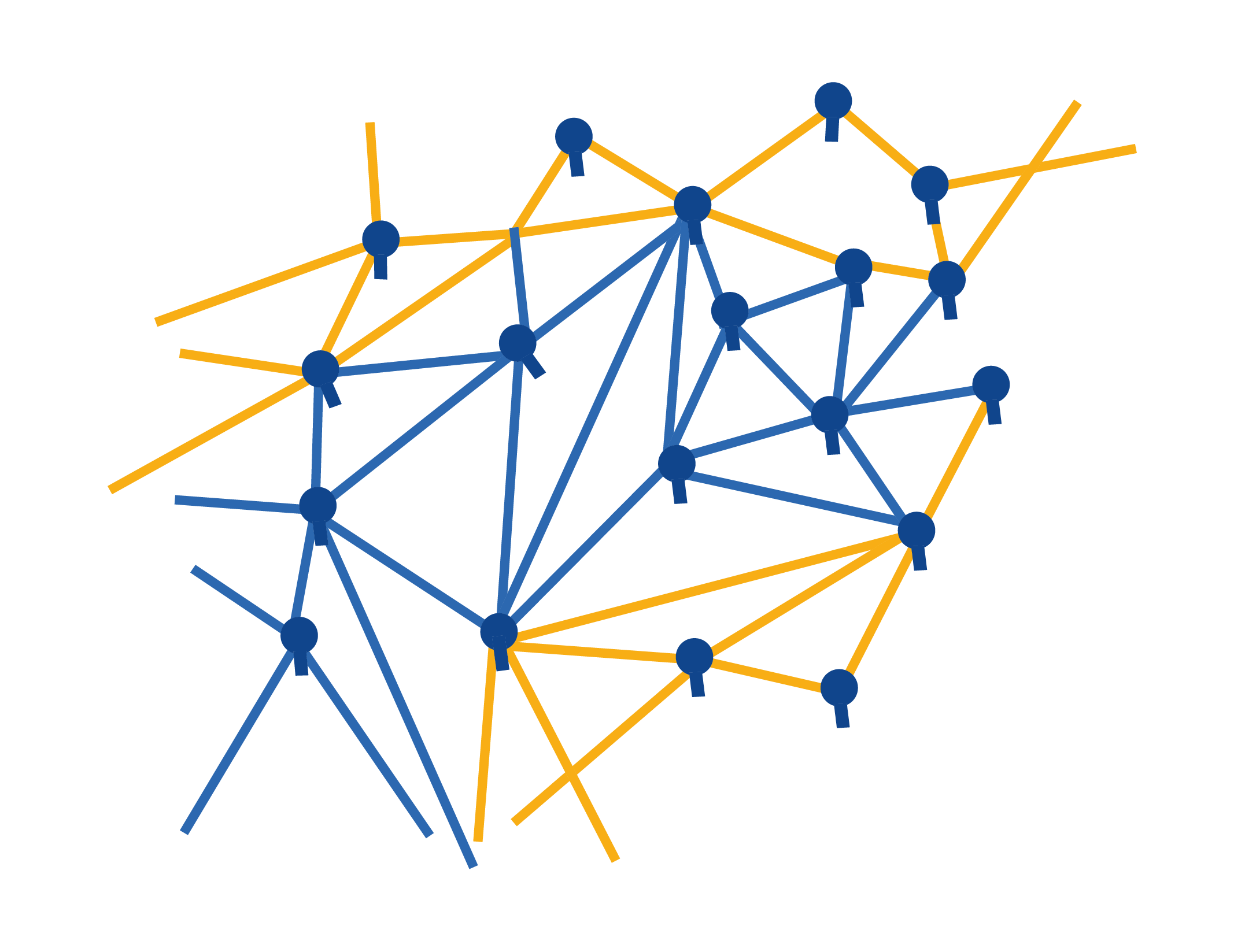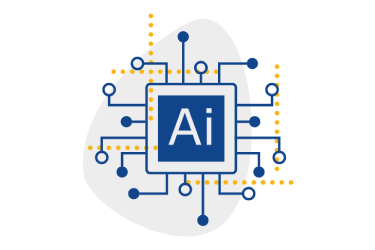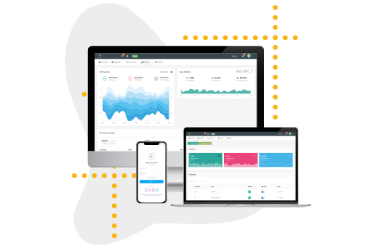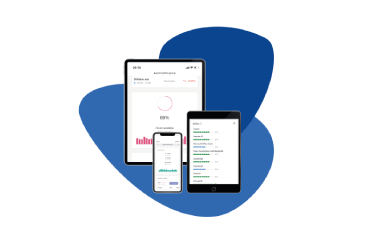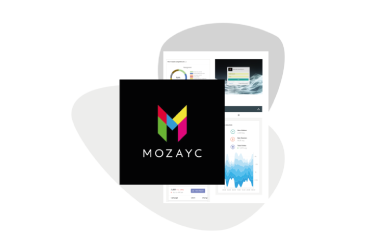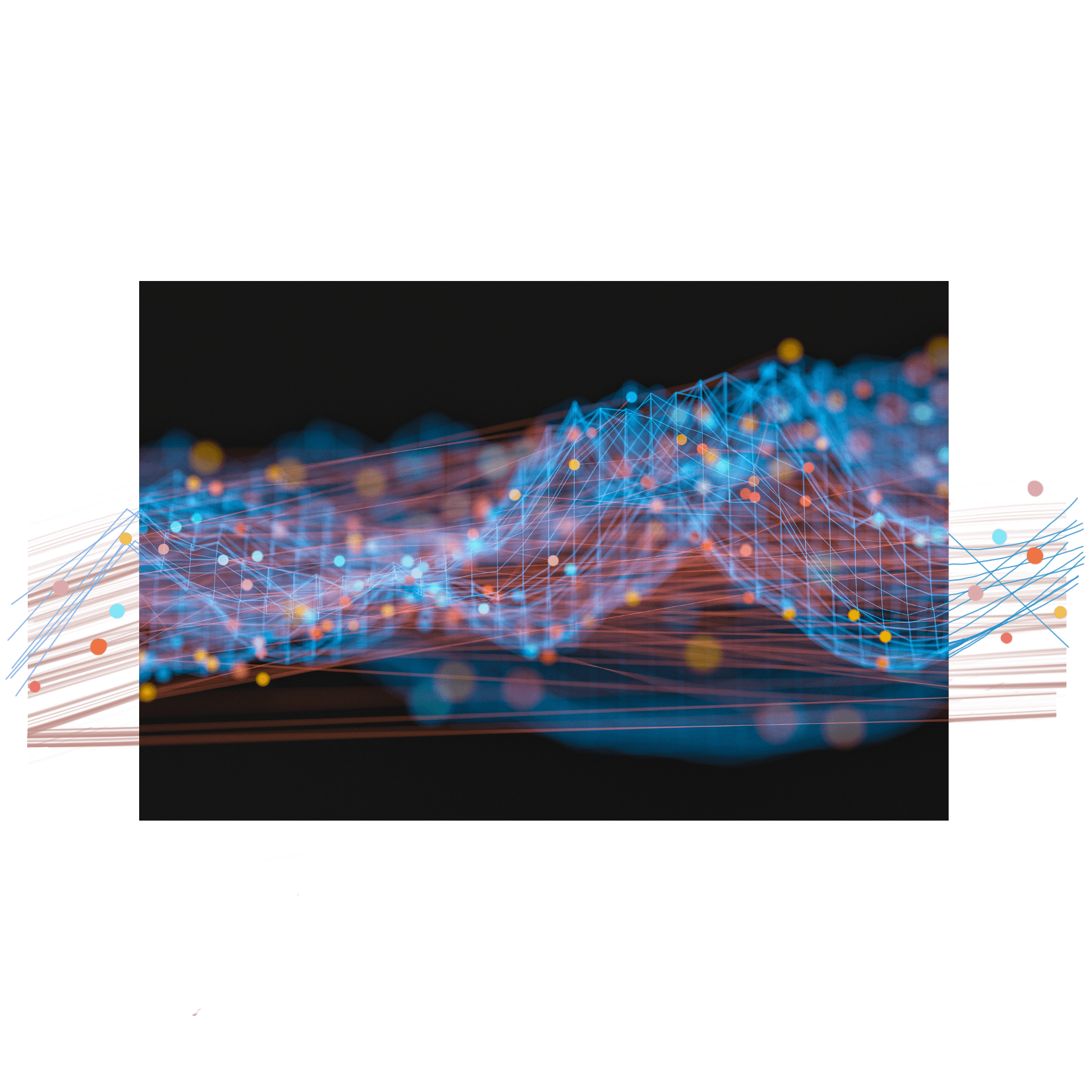The Internet of things (IoT) is the network of all devices or objects that are embedded with sensors, software and other technologies for the purpose of connecting and exchanging data with other devices, objects or systems over the Internet. Wi-Fi and / or Bluetooth are often used for this type of connection. The interconnected device should be ideally wireless and should bring new possibilities of mutual interaction not only between individual systems, but also bring new possibilities of their control, monitoring and provision of advanced services.
In the consumer market, IoT is most synonymous with products pertaining to the concept of the "smart home", including devices and appliances (such as lighting fixtures, thermostats, home security systems and cameras, and other home appliances) that support one or more common ecosystems, and can be controlled via devices associated with that ecosystem, such as smartphones and smart speakers. IoT can also be very well used in healthcare systems, municipal administrations (Smart cities), automotive industry and many other.
An example: The newly approved Bluetooth 4.2 protocol defines the 6LoWPAN protocol through which "smart light bulbs" communicate. If the TV is able to make contact with the bulb, it will be possible to ensure the optimal setting of the color temperature of the light that the bulb lights up in relation to the current brightness and color temperature setting of the TV screen. As a result, it will improve the user experience.

